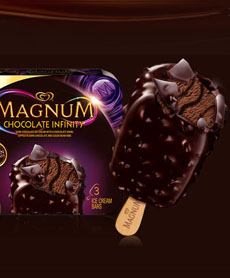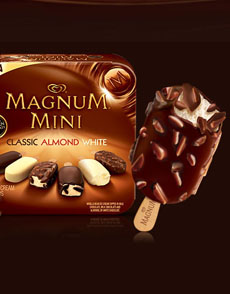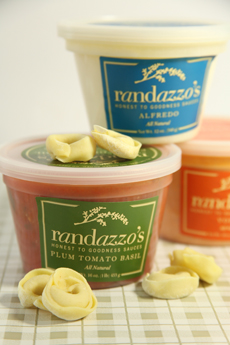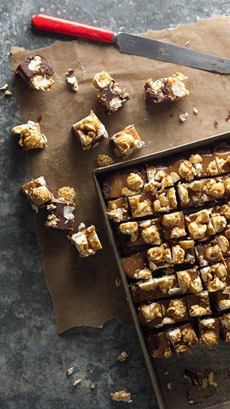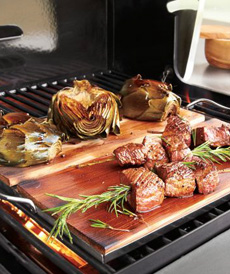|
Tortellini en brodo (often misspelled in the U.S. as tortellini in brodo) is a classic Italian dish. Some Americans call it tortellini soup.
It is served as a first course—chicken broth with a few tortellini—or as a main dish packed with tortellini. It’s a cousin of dumpling and chicken soups from Jewish chicken soup with kreplach to Chinese wonton soup, not to mention American chicken-noodle soup.
While most Americans eat tortellini with a red or white sauce and grated Parmesan, en brodo is a lighter way to enjoy the little loops of pasta.
The dish, which originated in the northern Italian region of Emilia-Romagna (more about that below), is warming in cold weather, but light enough to be summer fare. You can make it from scratch or purchase the components. Both the tortellini and the broth can be made ahead and reheated.
While a flavorful bowl of chicken broth and tasty tortellini are comfort food in any season, if you don’t add veggies and herb garnishes, you’re leaving a lot off the table.
Add lots of fresh herbs. Parsley will do; but you can pick your favorites, from cilantro to dill. They may not be authentic Italian herbs, but this is your show (and they taste great with the dish).
Root vegetables add fragrance and flavor the broth. Also consider spinach or kale.
CUSTOMIZE YOUR RECIPE
Combine both white and green tortellini. Mixing up different fillings offer a pleasant surprise with each bite.
In spring, add fresh peas or other seasonal vegetables such as asparagus.
Make it a heartier dish with strips of poultry or pork, or tiny meatballs.
Spice it up with a garnish of sliced fresh jalapeño.
Go fusion with a garnish of tortilla or wonton strips.
THE HISTORY OF TORTELLINI
Tortellini are made by filling long strips of pasta, rolling them into tubes and cutting individual pieces, which are pinched together with the thumb and forefinger.
The famous “loop” shape is said to be based on the belly button of the Venus, the Roman goddess of love.
One of the most famous versions of the legend, written in the 14th century, tells us that that Bacchus, Mars and Venus came down to earth to intervene in a 12th century war between Bologna and Modena (in Emilia-Romagna). They spent the night at an inn in Castelfranco, a small town located between the two cities.
In the morning, Bacchus and Mars arose early to visit the battle site. When Venus awoke and could not find her companions, she called for the innkeeper, who arrived to find the goddess of love naked.
Inspired by her navel, he created a new shape of pasta. (Seriously, Mr. Innkeeper—her navel inspired you?)
|
|
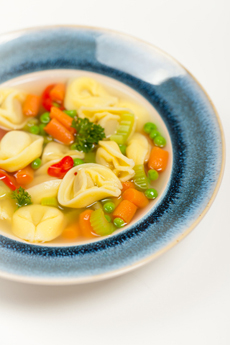
[1] Tortellini en brodo in family style, with fresh herbs and basic veggies—carrots, peas, celery (photo © Aas2009 | Dreamstime).

[2] Tortellini En Brodo goes upscale with an elegant broth, elegant vegetables and a fancy bowl (photo © Onda Restaurant | Santa Monica).
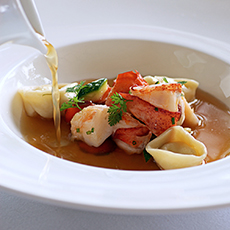
[3] Surf & Turf: meat tortellini with lobster (photo © Stake Chophouse | San Diego).
|


